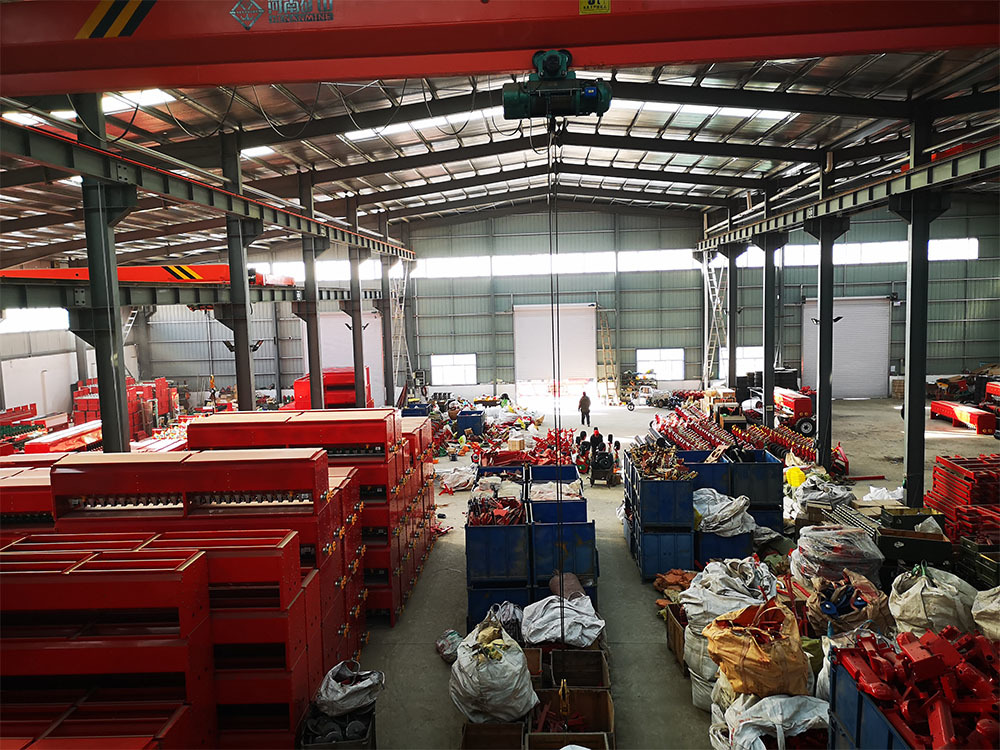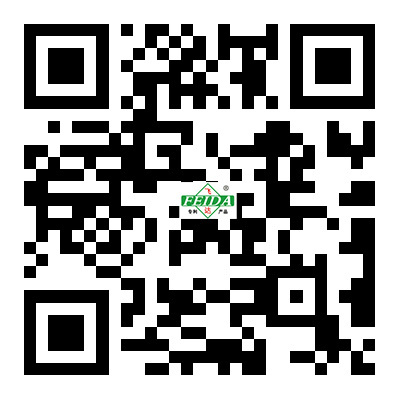What is the main point of corn planter use?
Time:
2022-12-06 16:46
The corn drill can seed evenly. The depth is consistent. Stable row spacing, good soil cover, seed saving. High work efficiency. When using a corn sower correctly, please note the following
The corn drill can seed evenly. The depth is consistent. Stable row spacing, good soil cover, seed saving. High work efficiency. When using a corn sower correctly, please note the following:

1. Do maintenance work well before entering the site. Remove debris from seed boxes and weeds from ditchers. Make sure the soil is in good condition and drive the tractor and planter. Add lubricating oil to the rotating parts according to the manual, paying special attention to lubrication and tension of the drive chain and fastening of the seeding machine bolts.
2. After connecting the corn seeder with the tractor, it shall not tilt, and the frame should be kept level before and after operation.
3. Make various adjustments. According to the provisions of the user manual and agronomic requirements, determine the seeding amount and row spacing of the trencher. The depth of the trench covering roller should be adjusted appropriately.
4. Add seeds. The seeds added to the seed box should be free of small, bran and impurities to ensure the effectiveness of the seeds; Secondly, the amount of seed added to the seed box should be increased at least to the entrance of the seed metering box with a lid to ensure smooth seed metering.
5. Trial run. In order to ensure the quality of seeding, before large-scale seeding, we must insist on 20 meters of trial seeding, observe the working conditions of the seeder, please agricultural machinery personnel, farmers and other inspection and consultation, and confirm to meet the local agronomic requirements before large-scale seeding.
6. Pay attention to driving at a constant speed on a straight line. The operator shall select the route of operation to ensure easy access to seeds and machinery. When sowing, the operator should pay attention to uniform speed in a straight line, do not stop in the middle, so as to avoid replay or miss seeding; In order to prevent the clogging of the ditcher, the lifting of the corn planter should be operated during the driving process, and the lifting of the corn planter should be carried out when reversing or turning.
First, spread the ground horizontally to avoid hardening. In the process of seeding, always observe the seeder, ditcher, seeder and transmission mechanism work. If blockages, dirt, grass wrap and loose seed cover occur, they should be addressed promptly. After shutdown, the grass must be adjusted, repaired, lubricated or cleaned. When the corn seeder is working, it is strictly prohibited to reverse or turn sharply. The planter should be raised or lowered slowly to avoid damaging machine components. During operation, the seeds in the seed box shall not be less than 1/5 of the volume of the seed box; Seed boxes shall not contain seeds or other heavy loads when transporting or transferring lots.
How much horsepower does a corn planter need? When I saw black smoke coming from the exhaust pipe of the machine that pulled the planter, I thought the machine was working very hard. It takes a lot of horsepower. However, some two, some three or even four or more rows require different horsepower due to the classification of planters. In general, however, planters with fertilizer seeding functions require more horsepower. A normal three-legged planter requires 18-20 horsepower.
For regular planters, the horsepower may be less, 14-18 horsepower is required in plain areas. If farmland is not flat but has slopes up and down, it must be difficult to pull. More horsepower is required, about 18-21 horsepower. The new corn planter should have more configuration, which means it is heavier. New corn planters can also be counted by row count. More than 10 horsepower in each leg, 20 horsepower in two rows, 30 horsepower in three legs, 40 horsepower in four legs. Metaphorically, this means that a large horse pulls a small cart, which can be used for easy and quick seeding operations,
Corn planter
Related






